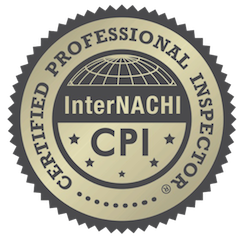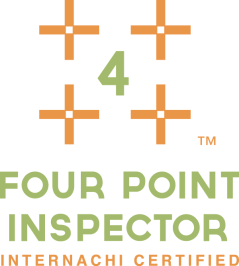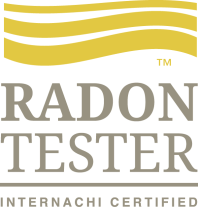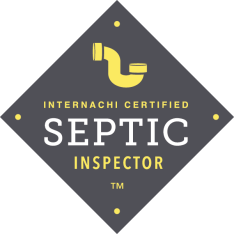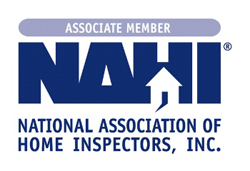Termites
Termite Control in the Home
Wood destroying insects and other organisms can cause serious problems in the wood structural components of a house and may go undetected for a long period of time.
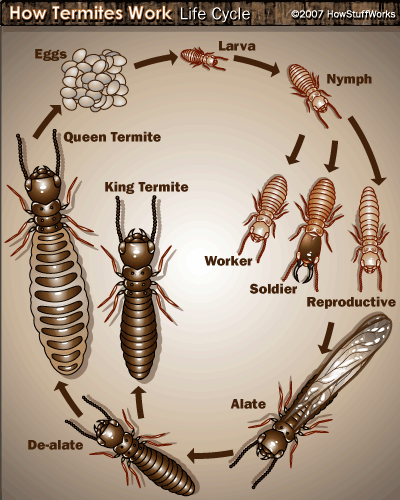 Termites
Termites
Subterranean termites are the most damaging insects of wood. Their presence is hard to notice and damage usually is found before the termites are seen. Prevent infestations because if they occur they will almost always need professional pest control service.
Signs of Infestation
Generally, the first sign of infestation is the presence of swarming termites on the window or near indoor light. If they are found inside the house, it almost always means that they have infested. Other signs that may be found are termite wings on window sills or in cobwebs, and shelter tubes which are tunnels constructed by the termites from soil or wood and debris.
Usually, wood damage is not found at first, but when it is found it definitely reveals a termite infestation. Anywhere wood touches soil is a possible entry into a home for termites. Examine wood which sounds dull or hollow when struck by a screwdriver or hammer. Inspect suspected areas with a sharp, pointed tool such as an ice pick to find termite galleries or their damage.
Control
Control measures include reducing the potential infestation, preventing termite entry and applying chemicals for remedial treatment.
Inspection
Inspect thoroughly to determine if there is an infestation, damage, and/or conditions that could invite a termite attack or the need for remedial control measures. The tools and equipment needed for an inspection include a flashlight, ice pick or sharp-pointed screwdriver, ladder and protective clothing.
Outdoors
Check the foundation of the house, garage and other buildings for shelter tubes coming from the soil. Look closely around porches, connecting patios, sidewalks, areas near kitchens or bathrooms and hard-to-see places. Check window and door frames and where utility services enter the house for termite infestation or wood decay. Also look behind shrubbery or plants near walls. Pay special attention to areas where earth and wood meet such as fences, stair carriages or trellises. Open and check any exterior electrical meter or fuse box set into the wall, a common point of infestation.
 Indoors
Indoors
Carefully check all doors, window facings, baseboards and hardwood flooring. Discoloration or stains on walls or ceilings may mean that water is leaking and can decay wood and aid termite infestation. It is very important to inspect where plumbing or utility pipes enter the foundation or flooring. Also examine the attic for shelter tubes, water leakage, and wood damage.
Prevention: Many termite problems can be prevented. The most important thing to do is deny termites access to food (wood), moisture and shelter. Follow the suggestions below.
-
have at least a 2-inch clearance between the house and planter boxes or soil-filled porches
-
eliminate all wood-to-soil contacts such as trellises, fence posts, stair casings and doorfacings (they can be put on masonry blocks or on treated wood)
-
separate shrubbery from the house to help make it easier to inspect the foundation line
-
use pressure-treated wood
-
seal openings through the foundation
-
remove wood scraps or stumps from around attics, foundations and crawl spaces
-
have at least 12″-18″ clearance between floor beams and the soil underneath
If you see the following signs in your house, you might have termites: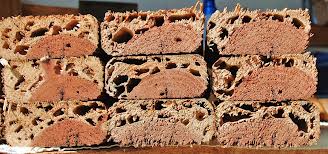
- sawdust-like droppings
- dirt or mud-like tubes or trails on the structure
- damaged wood members (like window sills)
- swarming winged insects within the structure, especially in the spring or fall






